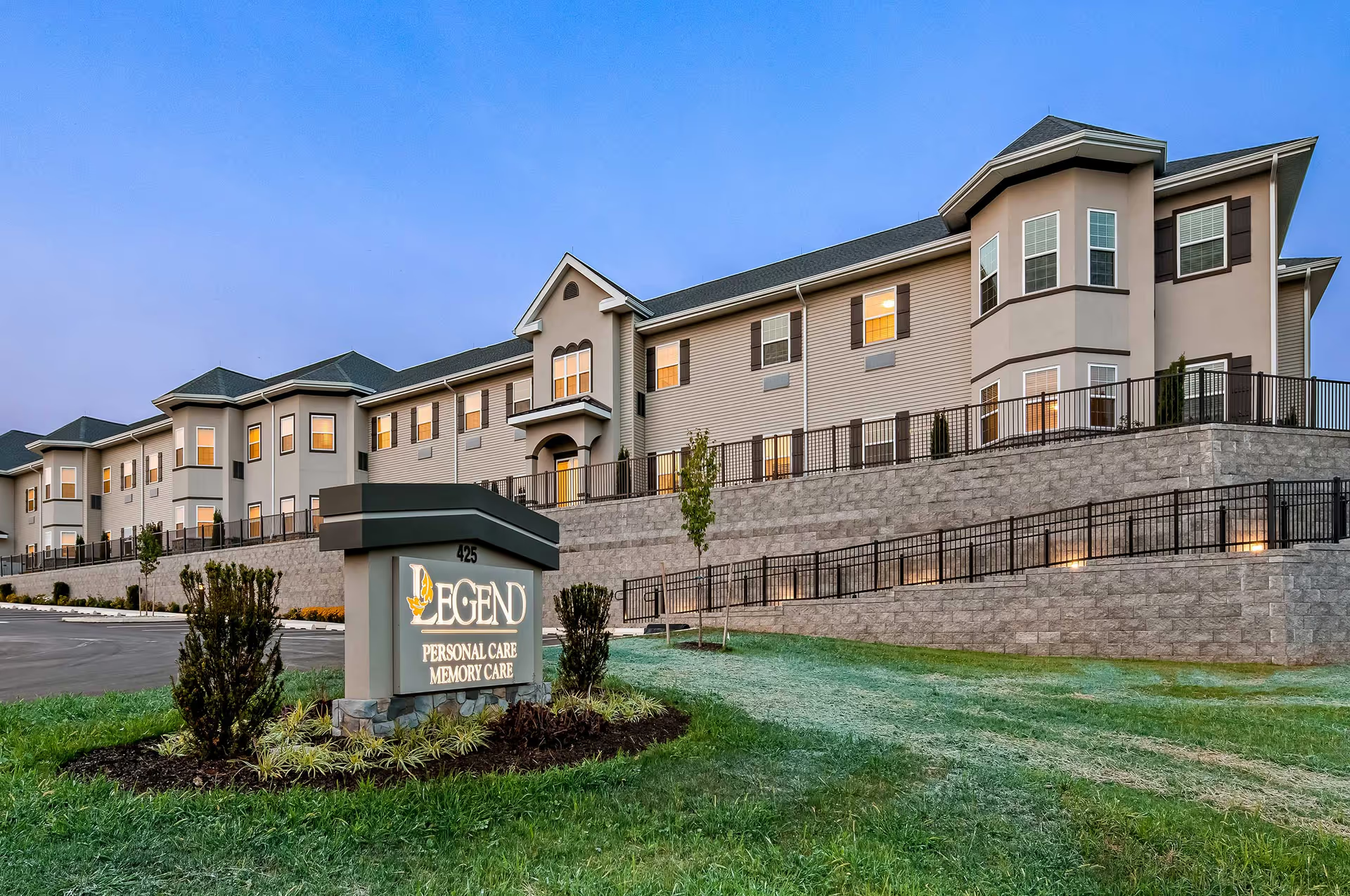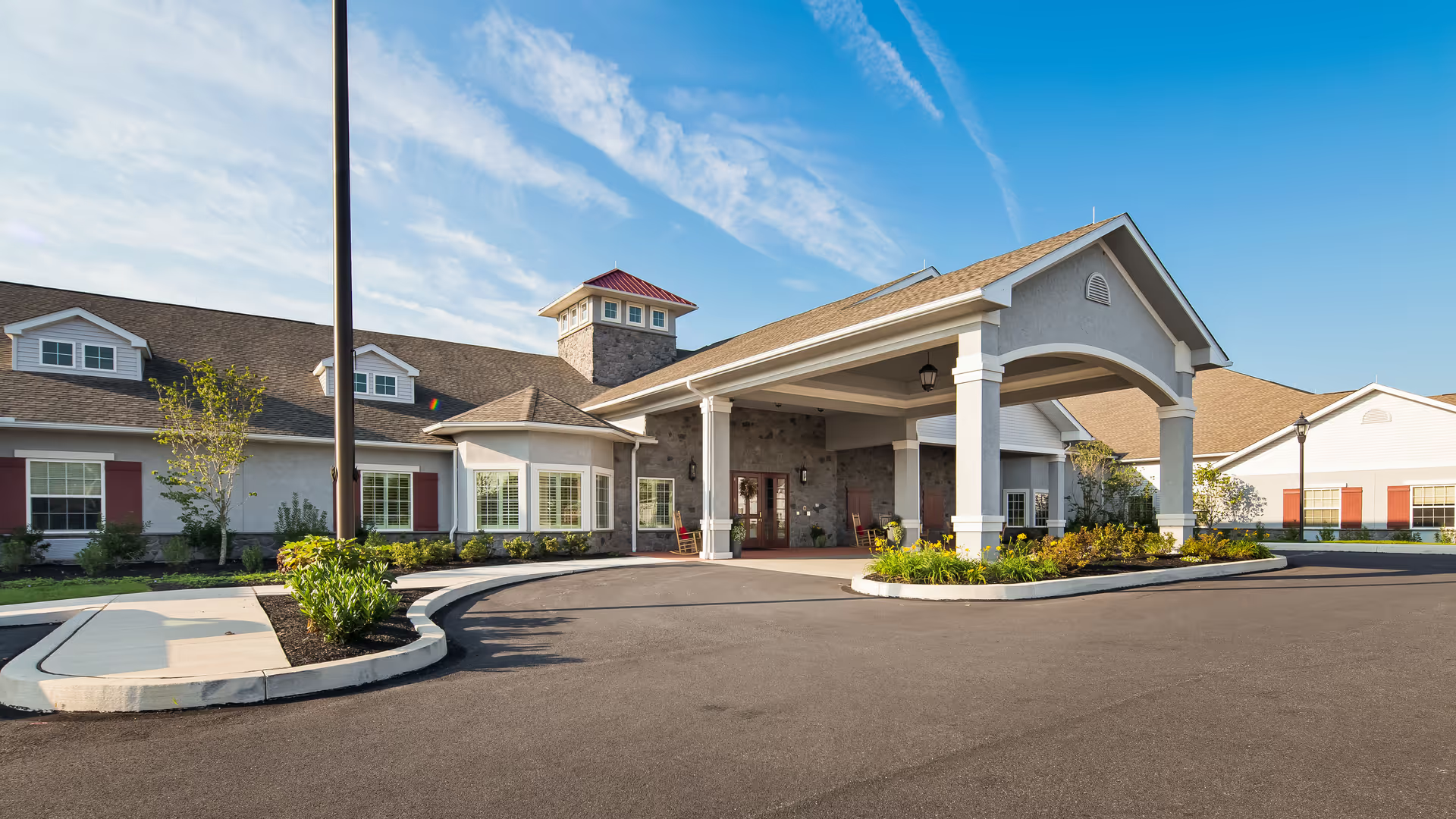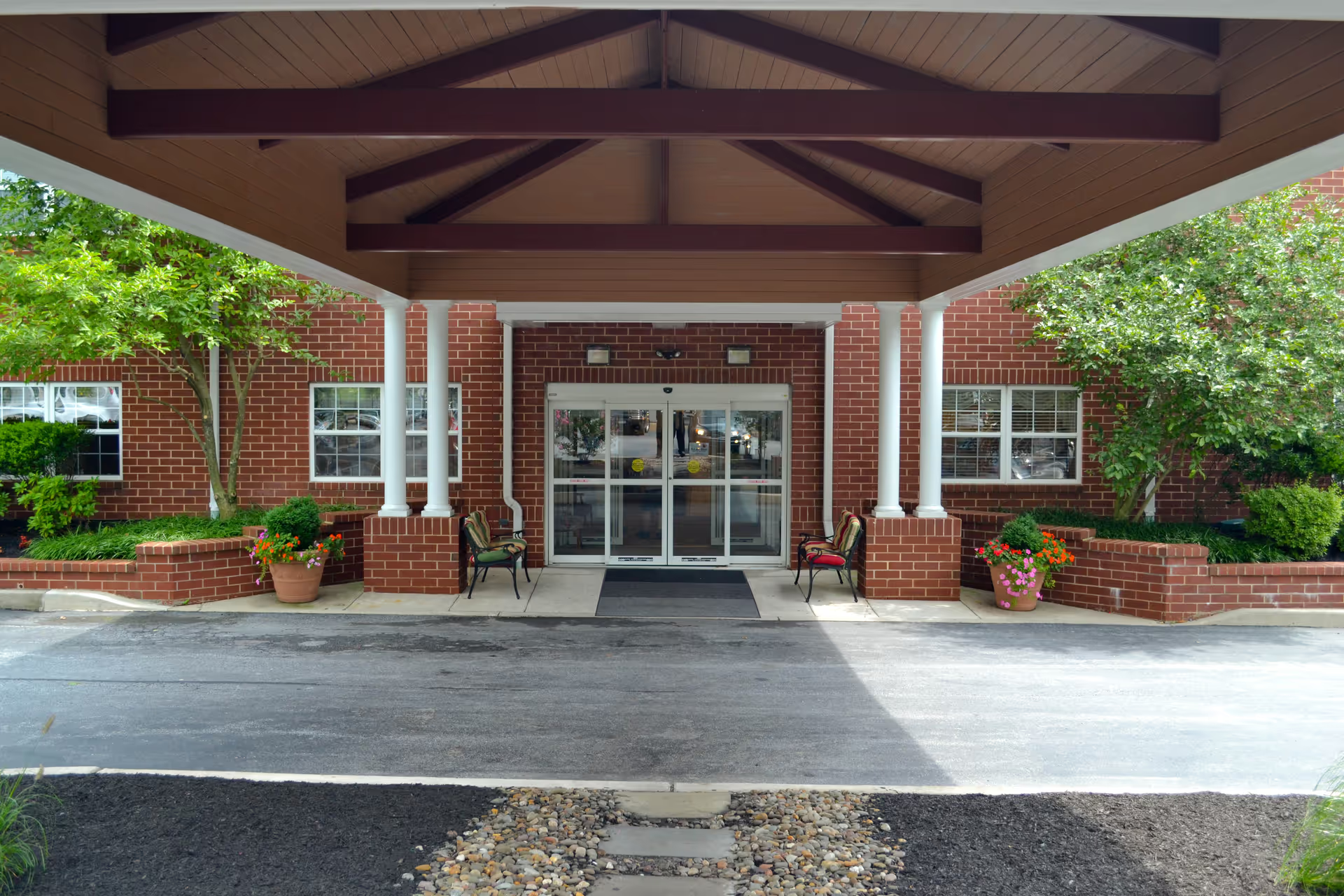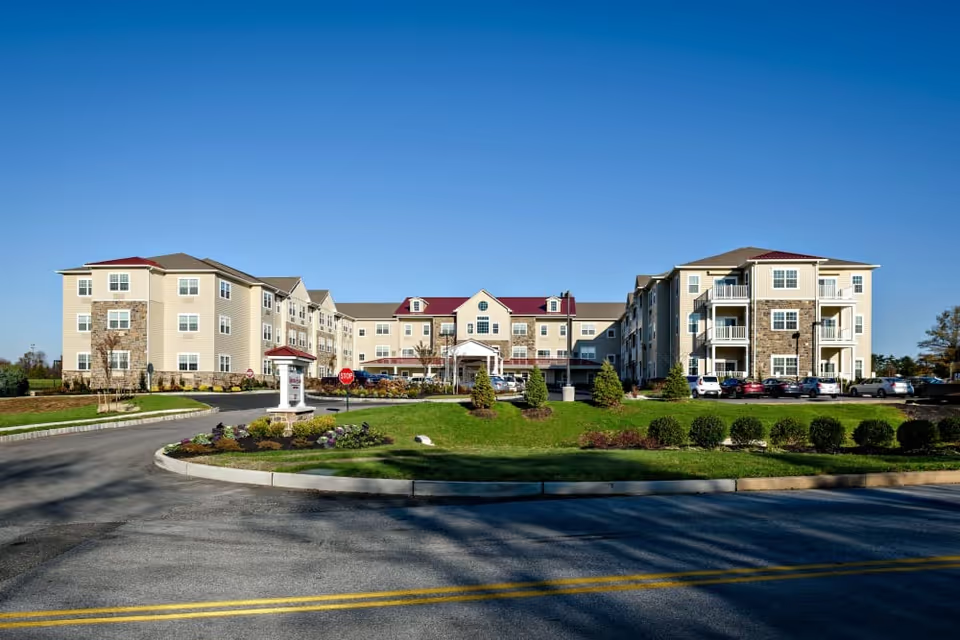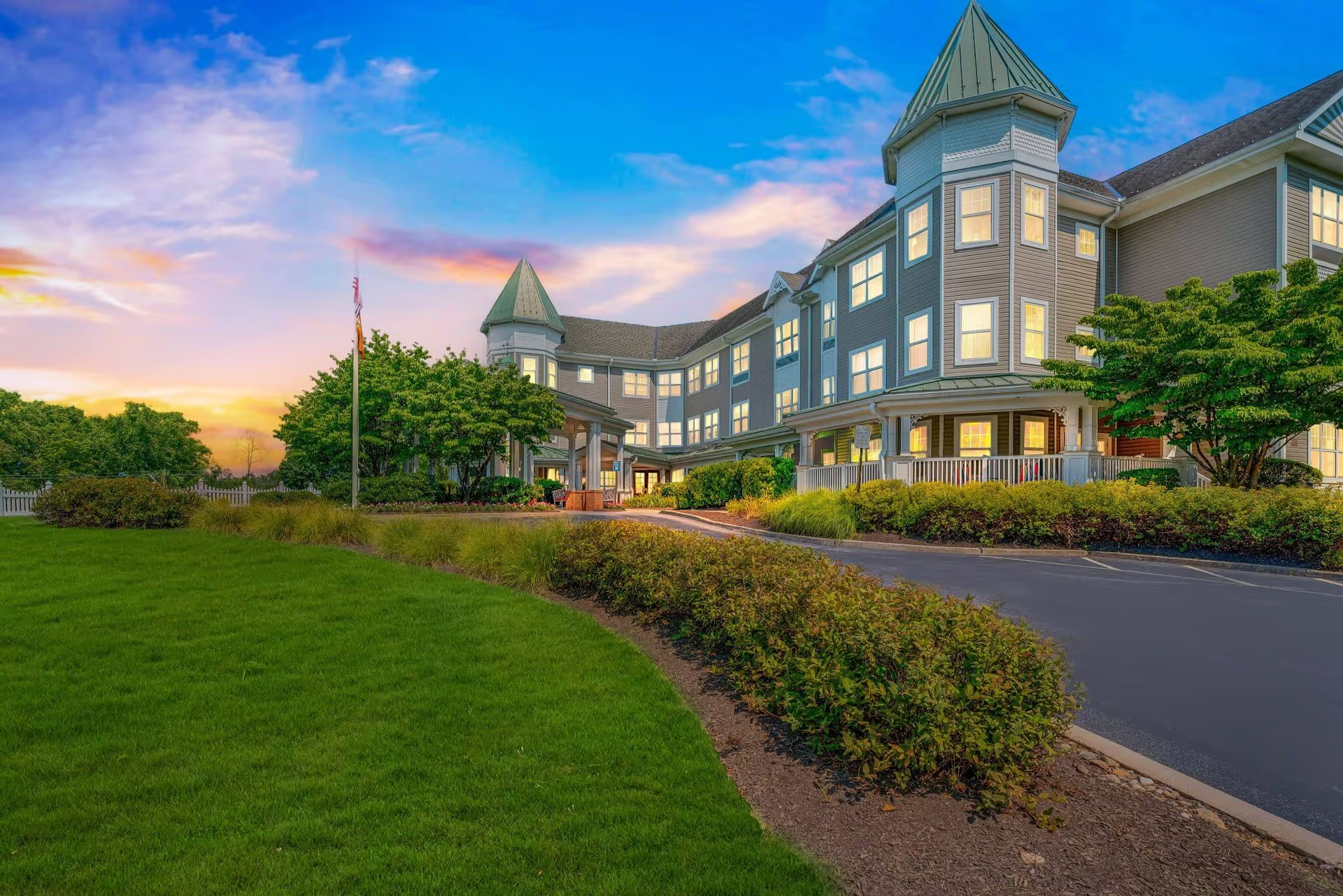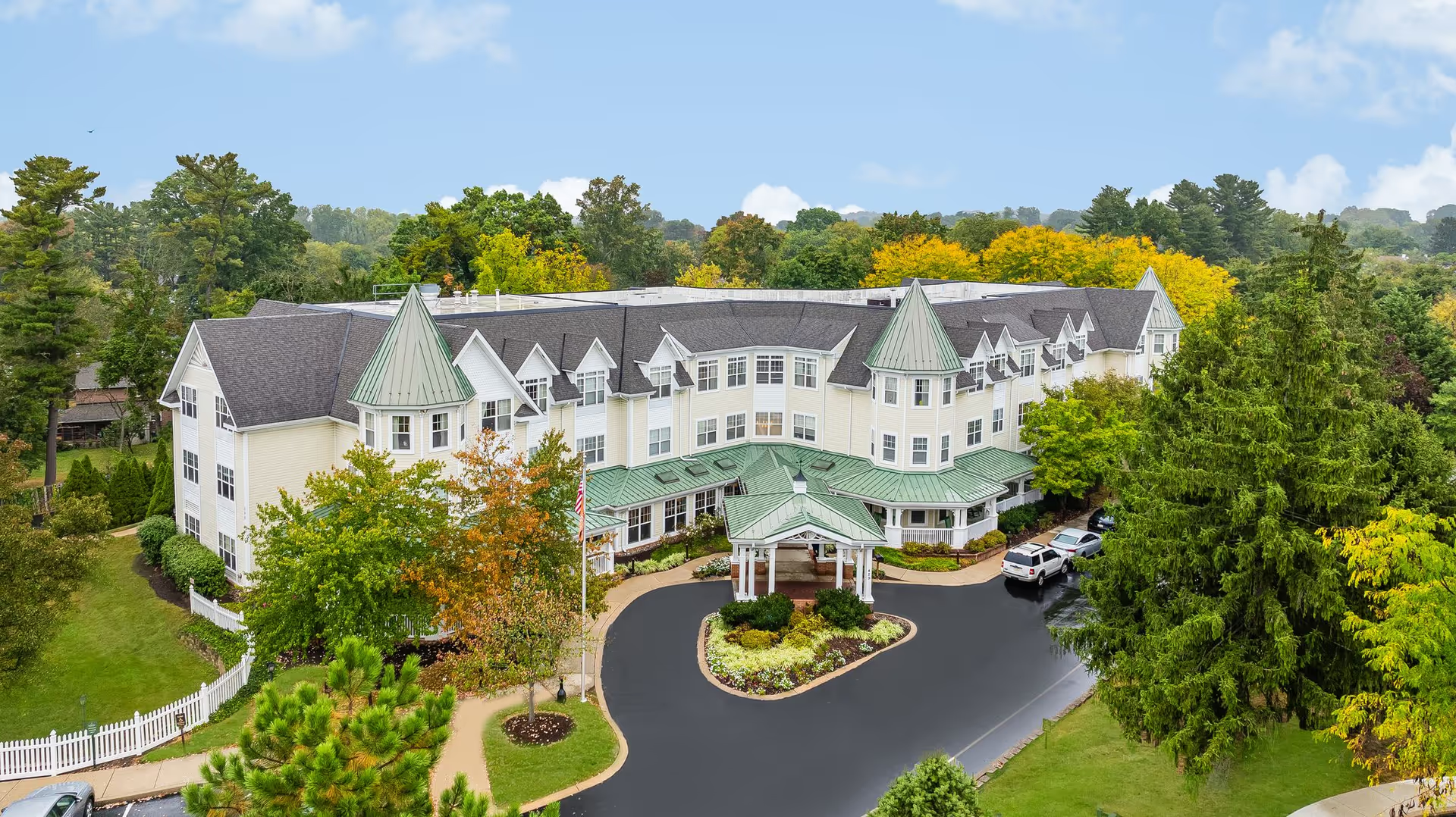Overall sentiment across the reviews is positive, with many families emphasizing Braddock Glen’s cleanliness, friendly staff, and strong sense of community. Reviewers consistently praise nursing oversight (attentive LPNs/RNs), kind CNAs, therapy staff, and a welcoming reception team. The facility is described repeatedly as well‑maintained, homey rather than institutional, and comfortable for residents with low to moderate care needs. Many reviewers highlight an active social program (bingo, dominos, Bible study, exercise classes, outings, music and parties), a large dining room with table service, and generally good meals—particularly lunch. The single‑level layout, wide hallways, and in‑room conveniences (microwave and refrigerator) are noted as practical advantages for mobility and daily living. Cost and value are major positive themes: the facility is Fairfax County subsidized, offers all‑inclusive pricing for qualifying residents, and is frequently described as a very good value for those who meet income requirements.
However, a number of consistent concerns temper the uniformly positive comments. Braddock Glen is repeatedly characterized as a Level 1 assisted living community; reviewers warn it is not suited for residents with higher medical needs, significant incontinence, or advanced dementia. Multiple reviewers reported that the presence of residents with dementia can affect socialization and that there is no memory care unit on site. Staffing and service limitations are a recurrent theme: a few families experienced insufficient staff to provide higher levels of assistance (examples include limited wheelchair assistance at meals and a busy nursing area), and at least one reviewer reported being misled by marketing about the level of care and staff‑resident ratios. While many reviewers praise management and the responsiveness of staff, there are isolated reports of unresponsiveness, disrespectful staff behavior, and even negative interactions with management—indicating some variability in the experience depending on timing or specific staff members.
Dining and activities receive overall favorable comments, but there are mixed reports. Numerous reviewers applaud the food, table service, and frequent dining activity; others describe institutional‑quality food or occasional meal items being out of stock. Similarly, while many residents enjoy a lively schedule of activities and entertainment (including musical programs and parties), a minority of reviewers noted limited activities or periods when no activities were observed. Apartment sizes are often called out as small, with limited closet/storage space, so prospective residents should expect modest living quarters rather than spacious units. The facility’s exterior and some interior design elements were described by a few reviewers as dated, tired, or in need of refresh, even though common areas are generally well kept and attractive.
Practical issues that merit attention during a tour include accessibility and transportation. Several reviewers noted the lack of automatic door openers, inadequate rollator parking, difficulties accessing the courtyard at times, and mixed information about transportation to medical appointments—some mention a weekly bus for shopping but others report no transportation to doctors or dialysis. Wait lists are a frequent operational reality: multiple reports of four to six‑month waits for one‑bedrooms or other units indicate limited immediate availability. Families should also be aware of admission limitations—some reviews state that residents requiring higher‑intensity care or certain conditions may not be accepted.
In summary, Braddock Glen presents as a clean, well‑run, community‑oriented assisted living facility that delivers very good value for low‑to‑moderate care needs. Its strongest features are attentive caregiving staff (nurses and CNAs), an engaged activities program, attractive dining spaces, and affordable, subsidized pricing for qualifying residents. The most important caveats are the facility’s limited clinical scope (Level 1 assisted living), reported staffing constraints at times, mixed reports about meal consistency, some accessibility and transportation limitations, and occasional variability in management responsiveness. Prospective residents and families should tour in person, ask directly about staffing ratios and specific care‑level acceptance, verify transportation and hospice coordination policies, and check current waitlist timing before committing. For those who qualify and whose needs are consistent with Level 1 care, Braddock Glen is often recommended as a compassionate, clean, and community‑focused option.

